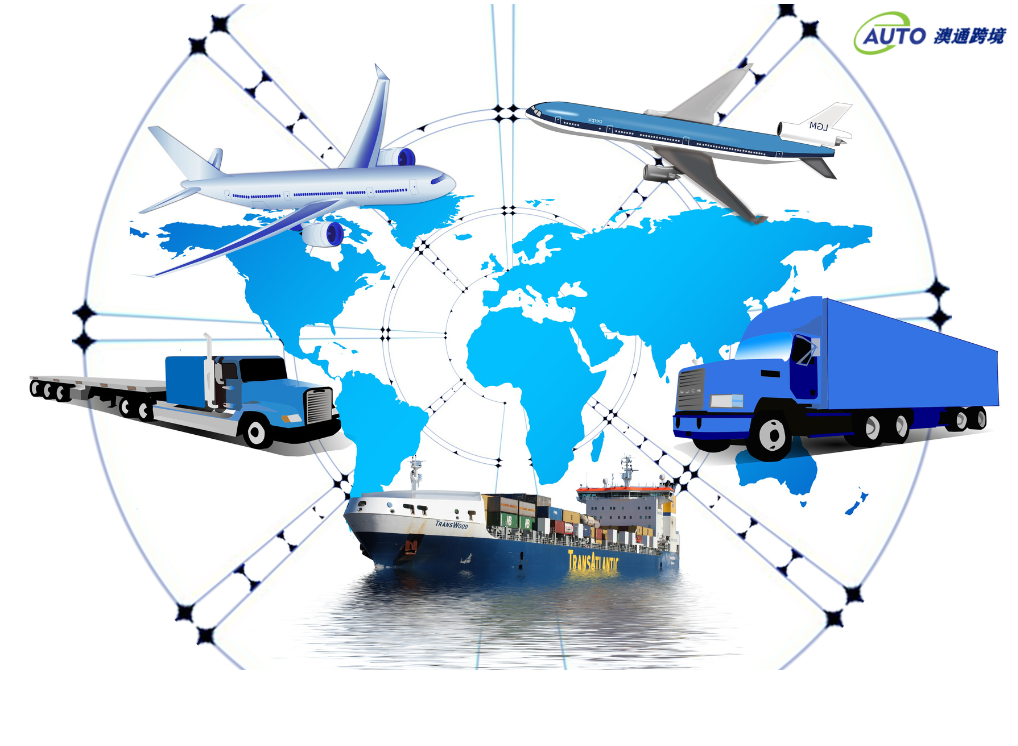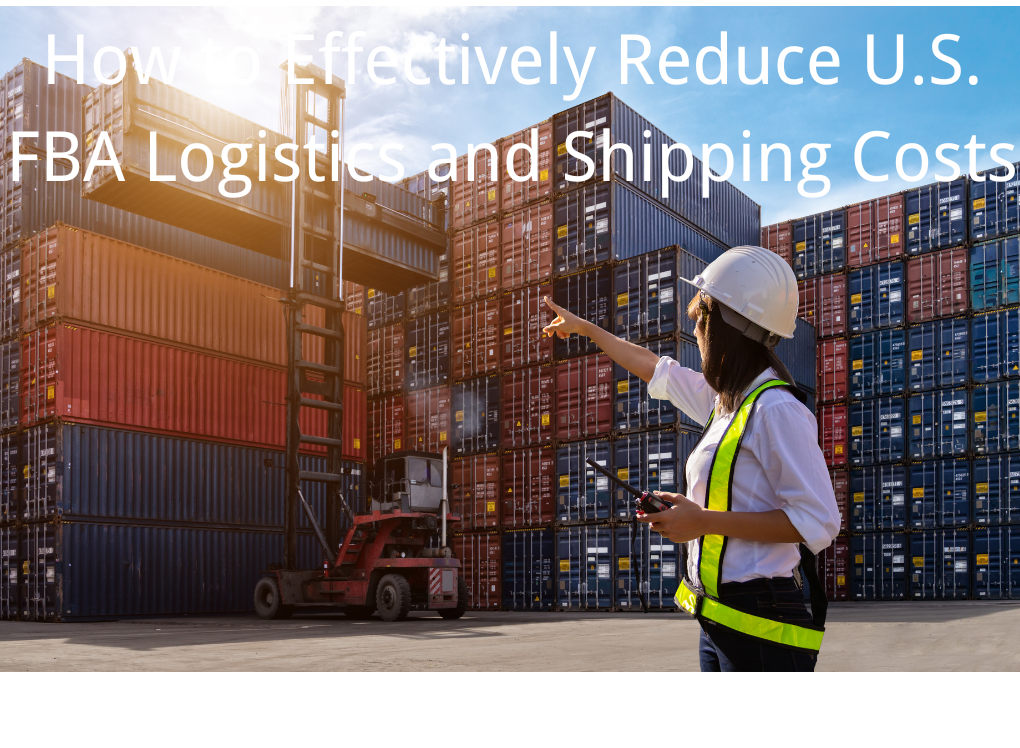FBA LCL Quote
FBA 40HQ FCL Quote
What is Berthing in Shipping?
Berthing in shipping refers to the process of bringing a ship to a berth at a port or dock where it can be securely moored or anchored. This crucial phase involves the ship making contact with the wharf using ropes or anchors, under the guidance of port personnel and often with the assistance of tugboats. The process is vital for loading and unloading cargo, refueling, and crew changes. Efficient berthing ensures quick turnaround times, enhances port operations, and supports the global movement of goods. Efficient berthing is central to minimizing delays in maritime transport and maximizing the throughput of cargo handling operations at ports.
Optimizing Berth Allocation in Shipping: Essential Steps from Planning to Execution
Berth allocation in shipping is a critical process that impacts the efficiency and profitability of port operations. Effective berth allocation can significantly reduce waiting times, optimize cargo handling, and enhance overall port performance. Here’s a guide on the essential steps involved from planning to execution:
1. Assessment of Port Capacity and Traffic: Begin by analyzing the port's capacity, including the number of available berths, their sizes, and the types of ships they can accommodate. Understanding traffic patterns and peak periods is also crucial.
2. Advanced Scheduling Systems: Implement advanced scheduling systems that use algorithms to predict the best allocation of berths based on ship arrival times, cargo types, and handling requirements. This software can dynamically adjust schedules in real-time to accommodate delays or early arrivals.
3. Stakeholder Coordination: Ensure seamless communication and coordination among all stakeholders, including port authorities, terminal operators, shipping lines, and logistics providers. Effective collaboration can prevent conflicts and ensure adherence to the schedule.
4. Real-Time Data Integration: Utilize real-time data from Automatic Identification Systems (AIS) and other technological tools to monitor ship movements and port conditions. This data helps in making informed decisions about berth allocation and adjustments.
5. Continuous Improvement and Feedback: Regularly review and analyze the outcomes of berth allocations to identify areas for improvement. Feedback from operators and shipping agents can provide insights into the system’s effectiveness and help refine the allocation process.
6. Training and Development: Invest in training for port managers and operators to ensure they are proficient in using berth allocation software and understand best practices in port management.
7. Compliance and Regulation Adherence: Always adhere to international and local regulations concerning port operations and environmental standards. This compliance is not only legal but also impacts the port's reputation and operational efficiency.
By following these steps, ports can optimize berth allocation, reduce turnaround times, and increase throughput, leading to more efficient port operations and improved service delivery to shipping clients.
Several Key Factors Influence Berthing Times in Shipping, Affecting Overall Port Efficiency:
1. Port Traffic: High traffic volumes can cause delays in berthing as ships queue for available berths.
2. Weather Conditions: Adverse weather can impede berthing operations, leading to significant delays.
3. Ship Size and Type: Larger ships or those requiring special handling can take longer to berth.
4. Tugboat Availability: The availability and number of tugboats can affect how quickly a ship is maneuvered into the berth.
5. Port Infrastructure: Adequate berthing facilities and technology contribute to smoother, faster berthing.
6. Crew Efficiency: The skill and coordination of the docking crew, including pilots and tug operators, play a crucial role.
7. Regulatory Procedures: Customs and health inspections can impact the time a ship spends at berth.
Optimizing these factors can significantly reduce berthing times, enhancing port throughput and reducing costs.



